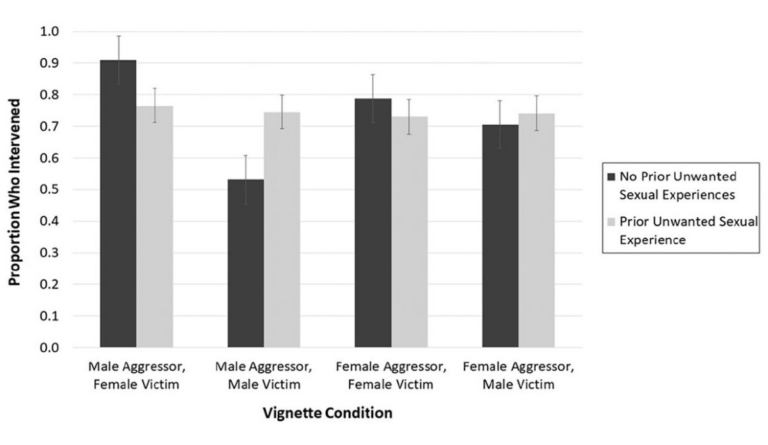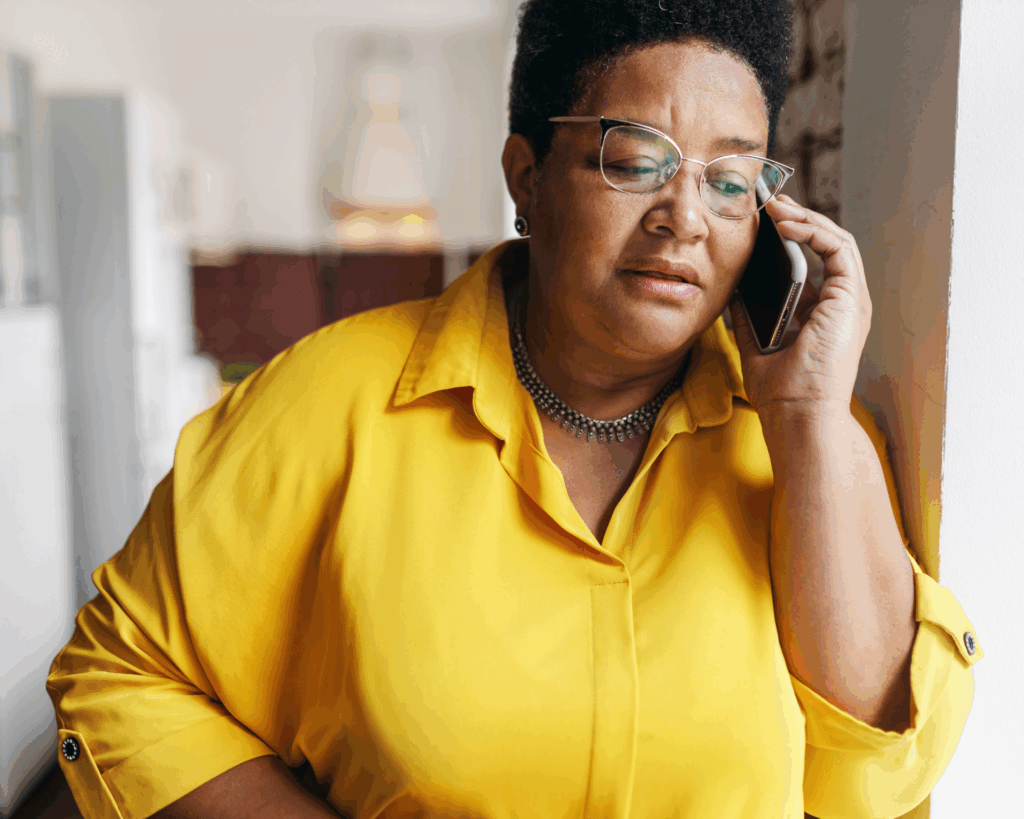Stand By Me
LGBTQ+ individuals are more likely to intervene when they witness violence between partners than non-LGBTQ+ individuals.

Read Time: 2 minutes
Published:
Take a moment and picture this: you are on a crowded morning train, and you are seated next to a couple having a loud argument. What would you say? What would you do? What if the argument suddenly became violent? Would you step in? Last question: Would your actions change based on the gender of the couple?
LGBTQ+ individuals face obstacles rooted in homophobia and transphobia when seeking help or when reporting incidents of intimate partner violence (IPV). LGBTQ+ youth report higher rates of sexual and physical dating violence compared to non-LGBTQ+ youth. This difference persists even in public events, where bystander intervention is especially rare. In reported cases of intimate partner violence, gay male victims are blamed more than any other victim.
A study conducted by Kristen Graham and colleagues at the University of New Hampshire explored how bystanders believed they would intervene in an IPV incident they witnessed based on the gender or sexual orientation of the victim and perpetrator. Heterosexual and sexual minority participants listened to one of four randomly assigned audio vignettes of a staged IPV incident, and were instructed to stop the recording when they would intervene in real life.
This graph shows that individuals who themselves had experienced unwanted sexual incidents consistently intervened for all IPV types. Those without prior experience intervened most often when the aggressor was male and victim was female. Additional factors that increased likelihood of intervention were study participants identifying as LGBTQ+ and favoring gender equality.
LGBTQ+ persons experience higher rates of violence. Diverse depictions of gender and sexuality during community- and school-based IPV prevention programs can help promote awareness and empower bystanders most broadly.
Databyte via Kristen Graham, Abby LaChance, and Jolie B. Wormwood. Bystander Intervention in Intimate Partner Violence: An Audio Vignette Study of Heterosexual, Gay, and Lesbian Dating Partners. Journal of Interpersonal Violence, 2022.



